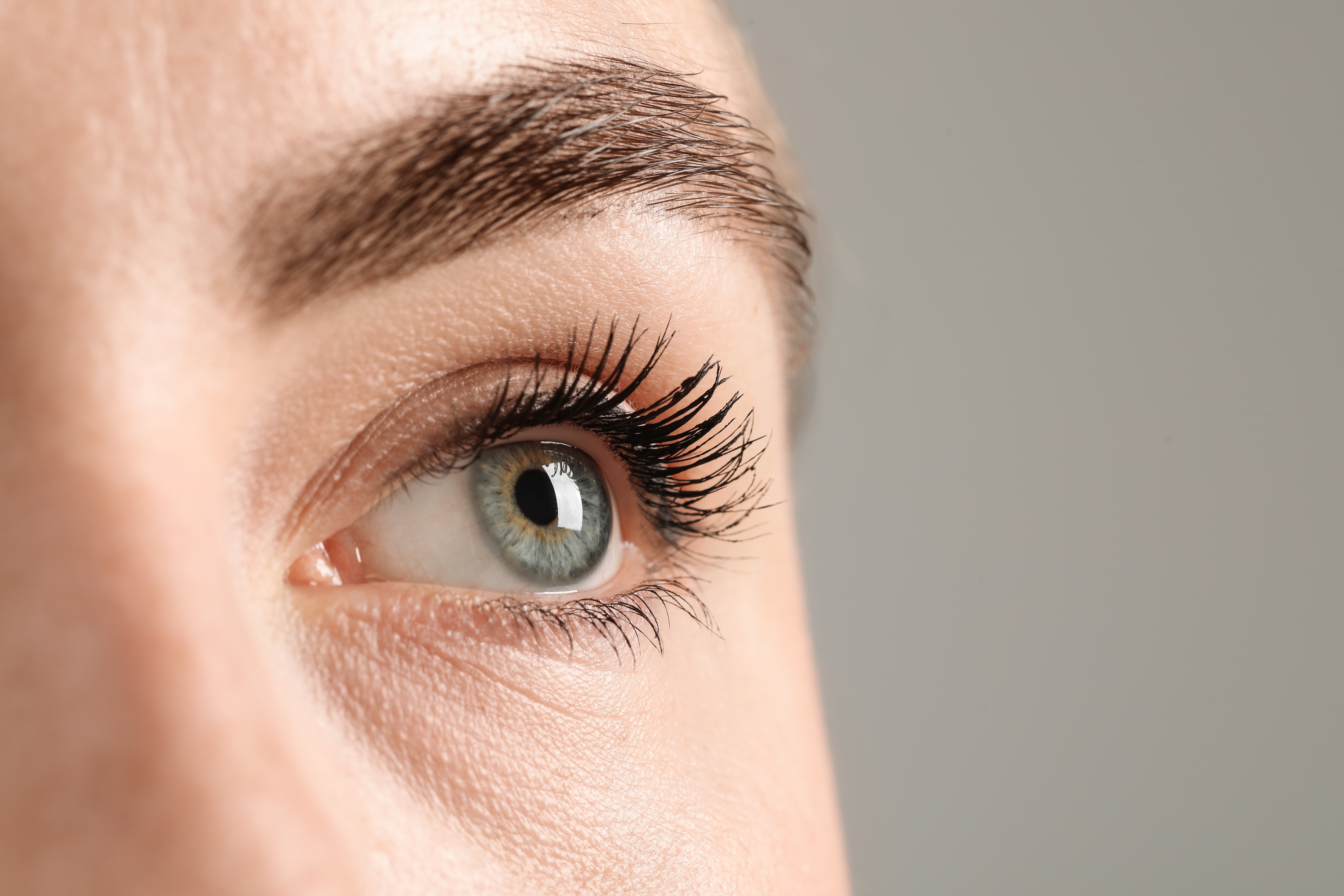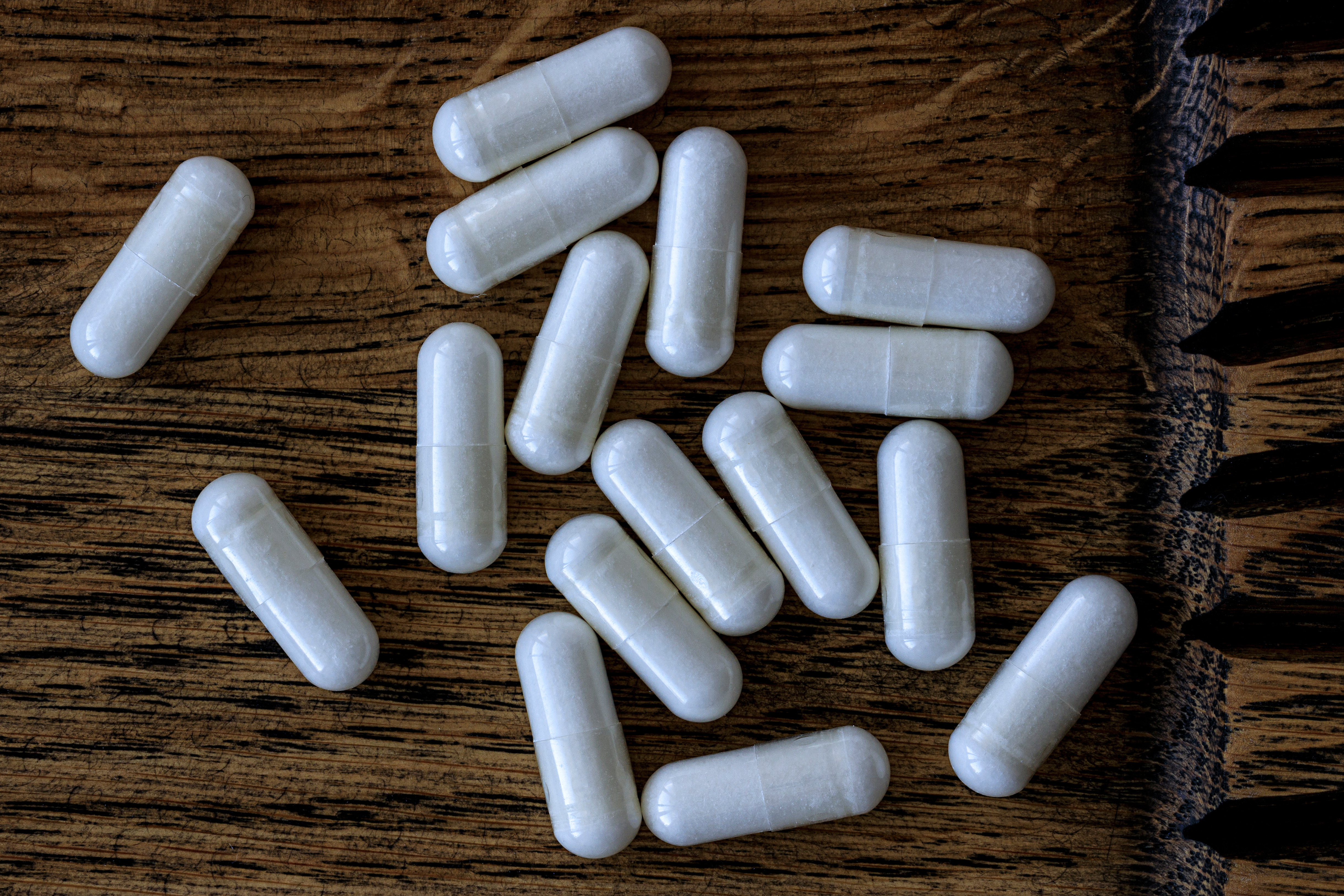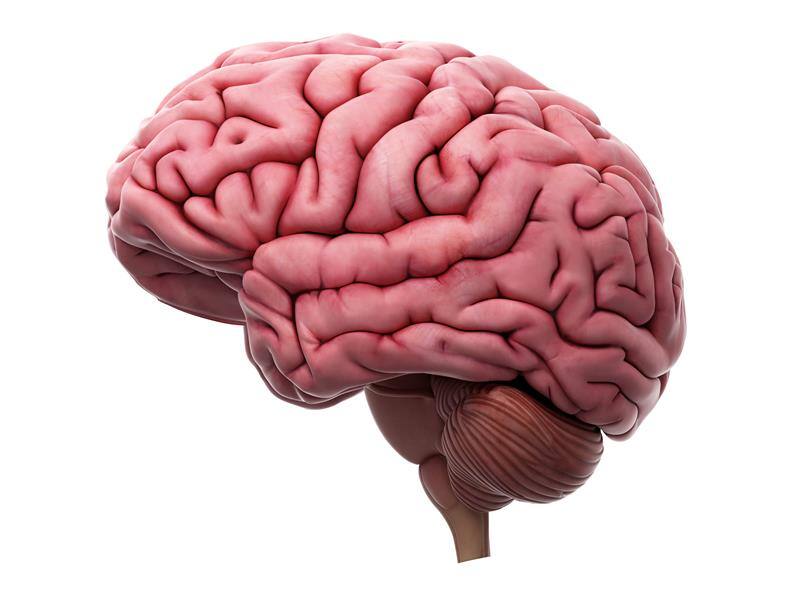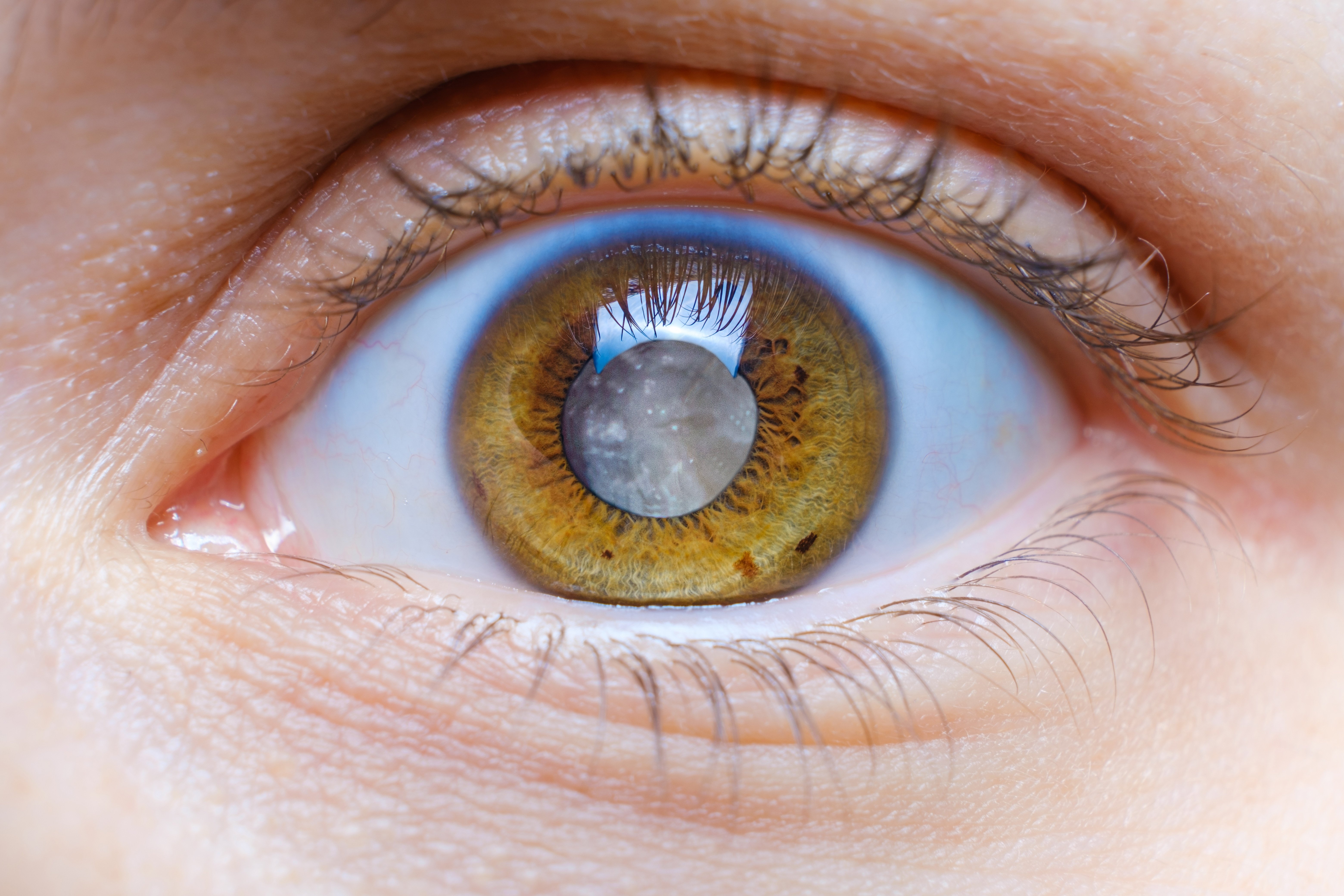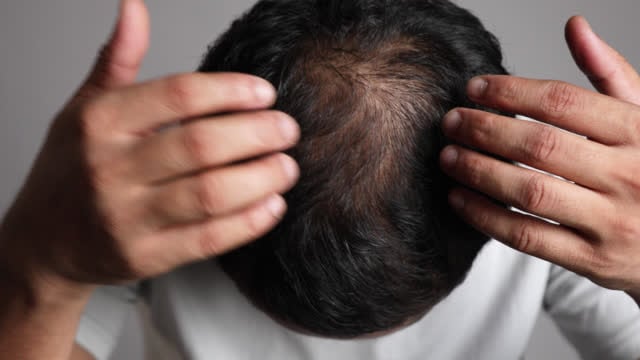Introduction
I had the pleasure of speaking with Dr. Valerie Giangrande, she is an optometrist in New York and has been practicing for over 20 years. She is also unique in that she has studied integrative holistic nutrition and is a health coach in that field. Additionally, she has extensively studied the work of Dr. Jack Kruse, the neurosurgeon known for his expertise in quantum biology. Dr. Valerie has also studied applied quantum biology and is a practitioner in this specialized area of quantum biology and medicine.
What Our Eyes Do
Our eyes enable vision and help regulate our body's internal rhythms. Melanopsin cells in the retina respond to blue light, syncing our internal clock with sunlight and triggering the production of hormones like cortisol for waking up and supporting digestion. UVA receptors in the eyes capture UV light, aiding in serotonin production, which regulates mood and sleep, and supports the production of melatonin, dopamine, and thyroid hormones. Full-spectrum sunlight, including red and infrared light, is crucial for mitochondrial health and overall well-being. However, artificial blue light disrupts these processes, contributing to hormonal imbalances, anxiety, and chronic conditions like diabetes and high blood pressure.
Causes of Dry Eyes
Dry eyes can result from various factors, including imbalances in the tear film’s water, mucus, and oil layers, which can be disrupted by poor circadian rhythms, medications, and blue light exposure from screens. Disrupted circadian rhythms contribute to inflammation, autoimmune issues, and hormonal imbalances, while inadequate sunlight exposure and mitochondrial dysfunction further dehydrate cells, including those in the eyes. Low melatonin levels from circadian disruption prevent proper cell repair, worsening eye health. UVA light helps maintain eye health by reducing inflammation, but artificial light and EMFs like Wi-Fi can dehydrate the body. While eye drops provide temporary relief, addressing light exposure and circadian rhythm is key for long-term improvement. Simple practices like regular blinking can help maintain eye hydration.
Causes of Myopia
Myopia (nearsightedness) occurs when light enters the eye too quickly, causing poor distance vision, and is often linked to insufficient sunlight exposure. UV light stimulates dopamine production, which helps eye muscle health, and lack of it can worsen myopia. Close-up work and low vitamin D also contribute. Eye exercises, focusing on distant objects, and regular screen breaks can help reduce myopia risk. Cataracts, caused by collagen thickening and oxidation due to UV and blue light exposure, are increasingly seen in younger people. Dehydration, poor circadian rhythms, and inflammation from conditions like diabetes can worsen cataracts. Hydration and mitochondrial support are key to maintaining eye health and preventing cataracts.
Causes of Macular Degeneration
Macular degeneration, a leading cause of vision loss, is increasingly affecting younger people, possibly due to blue light exposure. The macula, rich in mitochondria and melanin, is vulnerable to damage from UVA and unbalanced blue light, which harms photoreceptors and disrupts retinal function. Prolonged blue light exposure overloads the retinal pigment epithelium, impairing waste clearance. Balanced blue light with red and infrared components supports mitochondrial health and blood flow to the retina. Lack of full-spectrum sunlight reduces melatonin production, hindering photoreceptor regeneration. Wi-Fi exposure can also damage macular cells, leading to drusen and vision impairment. Wet macular degeneration causes fluid buildup and scarring, while dry macular degeneration involves drusen accumulation. Maintaining healthy circadian rhythms is crucial for eye health, and melatonin supplements are not recommended for long-term use.
Causes of Floaters
Floaters are tiny protein clumps in the vitreous, the gel-like substance in the eye, that cast shadows on the retina and become visible when light passes through. As the vitreous dehydrates and shrinks over time, collagen separates from hyaluronic acid, leading to these clumps. While floaters are common with age, an increasing number of young people experience them, possibly due to blue light exposure, dehydration, or hormonal changes. DHA deficiencies, especially in postpartum women, can also contribute to floaters. Ensuring adequate DHA intake is important for maintaining eye health.
Tips for Eye Conditions
To support eye health and overall well-being, start by blocking light at night to protect your circadian rhythm. Use blue light-blocking glasses after sunset to prevent disruption, as blue and green light interfere with sleep. Eat before wearing the glasses to aid digestion, and ensure your bedroom is dark while you sleep. Getting morning sunshine is crucial for regulating circadian rhythms, with exposure to red and infrared light stimulating melanopsin in the eyes. UVA light, particularly in the morning, helps hormonal regulation.
For vitamin D, get midday UVB exposure without sunglasses, especially in spring and summer. Take regular “sun breaks” to reset your body’s rhythm, avoiding sunglasses during these breaks. During the day, limit blue light-blocking glasses use to maintain alertness, and use full-spectrum lamps if indoors. Grounding (walking barefoot on natural surfaces) also supports health by recharging mitochondria.
Eating in sync with sunlight and consuming DHA from seafood helps maintain eye health. Clean eating and drinking fluoride-free water are essential for optimal health. Expose yourself to full-spectrum light, including infrared, red, and UV light, to support mitochondrial function and overall wellness.
To listen and watch the complete podcast episode with Dr. Giangrande check out ‘How Light Determines Eye Health’ here! You can also check out my videos with more natural eye health tips!
